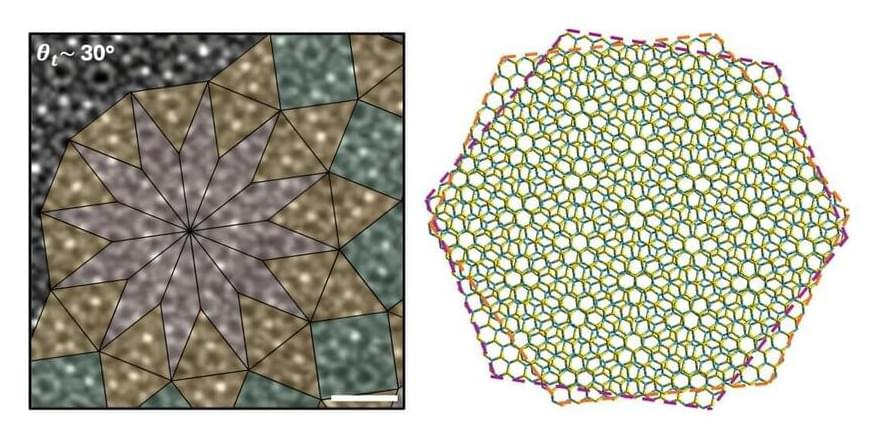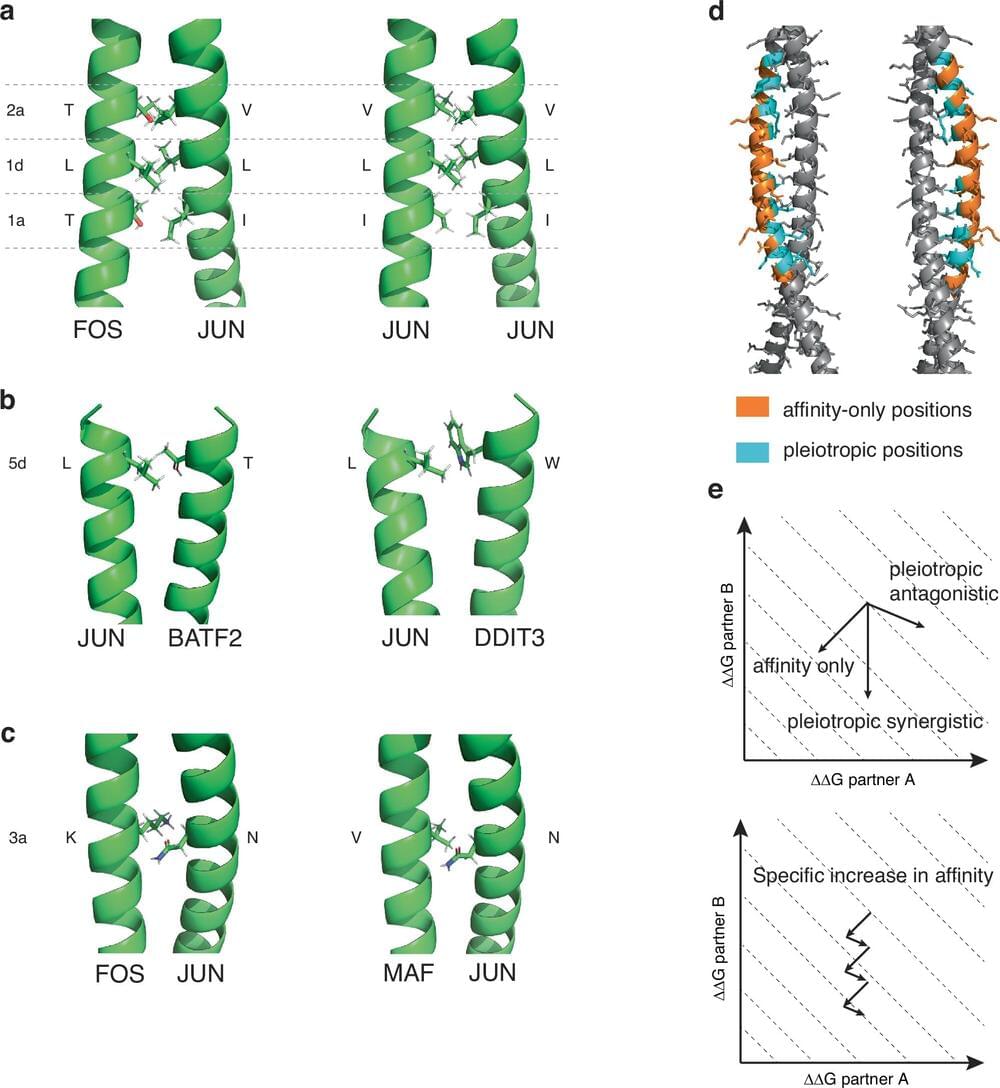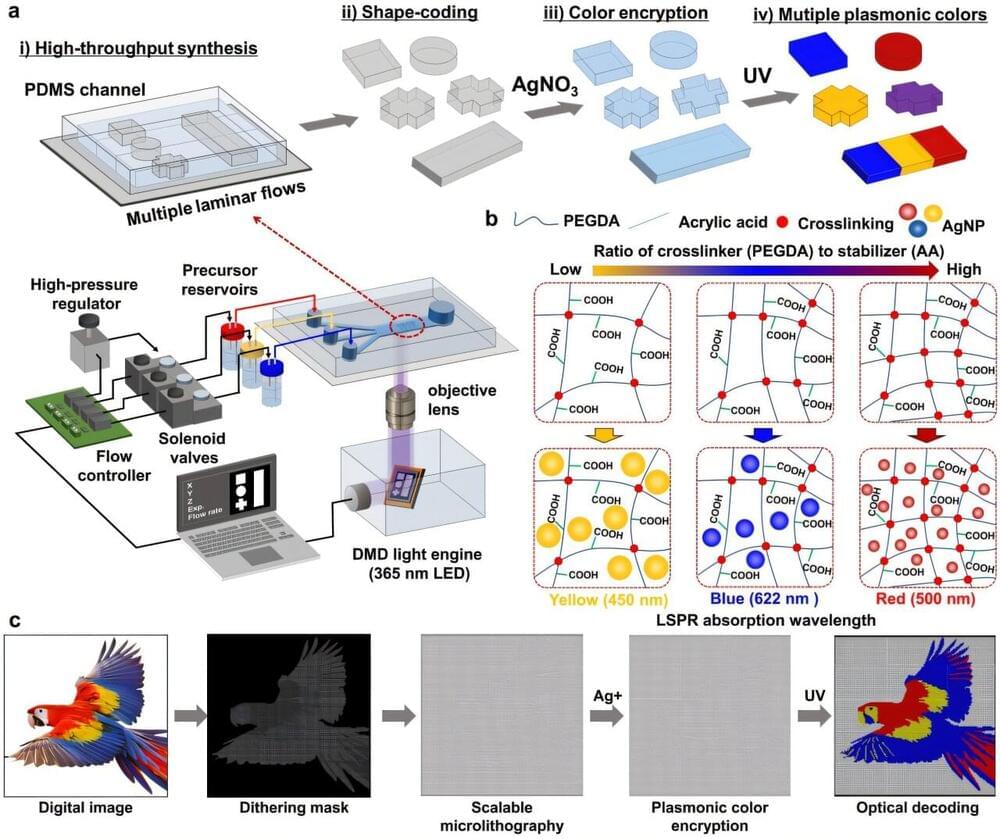Biobanks are an obvious use case for DNA data storage. “With this technology, you could convert a biobank that is the size of a football field into something that can fit with everything in the palm of your hand,” says Banal. With encapsulation technologies, the DNA samples can be stored at room temperature. Compared to storing samples in freezing conditions in conventional biobanks or data centers that require extensive cooling, this has significantly lower energy consumption.
Until recently, scientific and medical applications were the sole drivers behind storing data in DNA. New research could broaden its scope to cryptography and nanotechnology. Another interesting development is the emerging intersection of DNA data storage and DNA computing. Indexing methods for DNA data retrieval mentioned earlier are an early example of that. Today, one of the most pressing commercial drivers of the technology is the data centers.
As researchers and startups chip away at its limitations, DNA data storage is becoming a viable commercial solution for storing all kinds of data at scale. The DNA Data Storage Alliance, a consortium founded in 2020, counts legacy data storage giants such as Western Digital and Seagate among its members.





